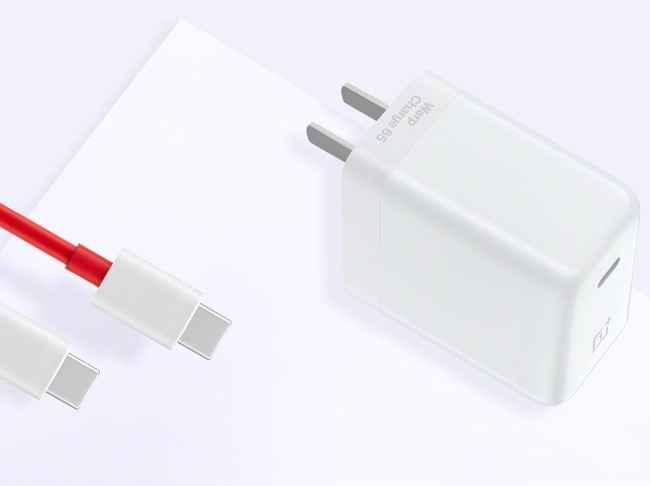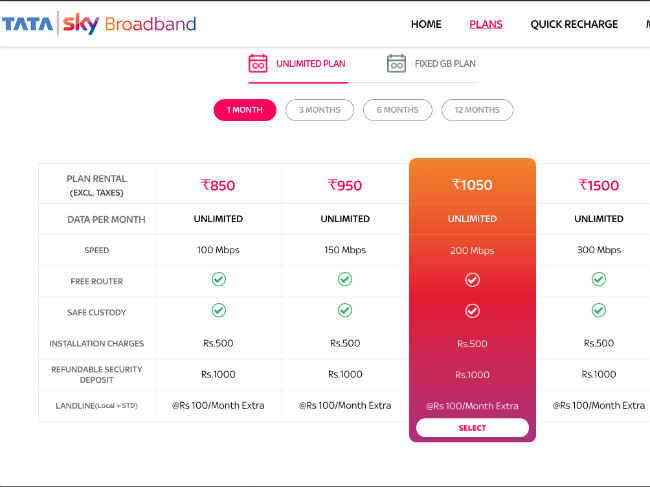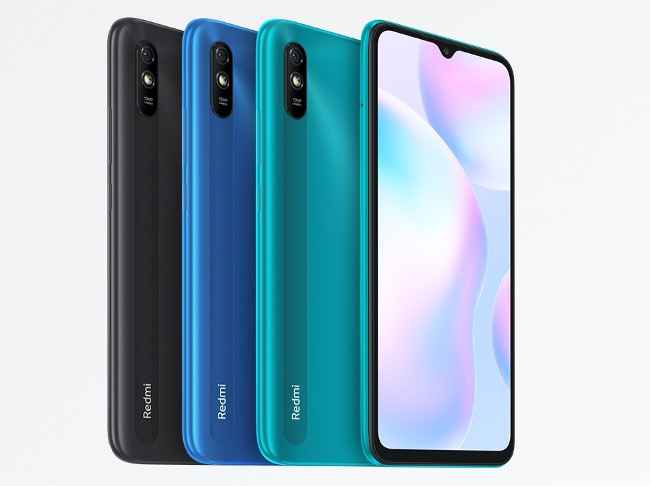Google Maps might get a major makeover soon. A future update for the Google Maps mobile application is reported to bring an all-new car mode UI which is very similar to the current in-car navigation system found in Android Auto.
Folks at Android Police have spotted a car mode interface within the Google Maps mobile application that resembles the Android Auto's in-car look and feel.
At the time of writing this article, we did not find the new update on any of our devices yet, but it's being reported to arrive in a phased manner sometime later as Google is testing this feature on some with some of the users.
What's new in Google Maps' car mode?Android Police has shared a few screenshots of the upcoming car mode which give us a good look at what to expect from it. The most evident design change in the new update is the large tile shaped, Android Auto-style buttons and the main screen.
As per the screenshots, the new "car mode", when enabled, will only show limited options on the main screen and the bottom navigation bar has only two options when the map is running - Google Assistant and home screen (with tiles-like icons). If you navigate to the home screen, the bottom bar shows Google Assistant button on the left, Maps on the centre and home screen toggle on the right.
The "home screen" essentially is the dashboard where you can access essential apps for music, calls and messages, just like Android Auto. If you select the “Calls” option, it will display the three recent contacts or three most contacted. It also allows you to “call someone else”, which lets you scroll your contact directory.
Since it's "Google" Maps, YouTube Music and Google Podcasts have got dedicated sub-menu and interface easy access for control music. Just like Android Auto, Google seems to be pushing YouTube Music as the primary app.
It's understandable that this update will add up to the ease of use while driving and might come handy for cars without Android Auto support. What makes this move a bit confusing is that Android Auto interface itself is going to get an overhaul after receiving the Assistant Driving Mode. Looks like we'll have to wait until final versions of these updates are released.
from Latest Technology News https://ift.tt/3cDYpuF




